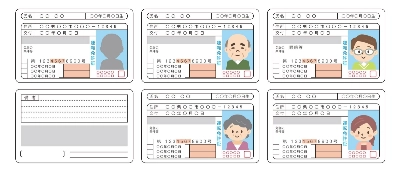The Chinese economy has caught a surprisingly severe cold this winter — a cold so bad that almost all global markets are sneezing. During the first two weeks of 2016, the Shanghai Composite Index fell 18 percent. On Jan. 15, the index closed at 2,901 — very close to the trough of last summer's stock-market crash. Foreign analysts almost uniformly predict another market crash or even a hard landing. With oil prices dipping below $28 per barrel, the specter of a global economic pandemic has appeared.
China's New Year's financial market shock has been attributed to several causes, primarily related to policy transparency and clarity. One was the reversal of China's attempt to install a stock-market "circuit breaker," which, far from tempering volatility, spurred a new wave of sell-offs. The other — arguably more serious — problem was market confusion about the direction of the renminbi exchange rate, following a gradual but constant 10-day depreciation against the dollar that fueled capital outflows, until the People's Bank of China (PBOC) intervened.
According to the PBOC, the confusion arose from a technical change in the process of setting the renminbi exchange rate, with the common reference rate against the dollar replaced by a rate established on the basis of an undisclosed basket of key international currencies. This reform may be intended to boost the renminbi's stability; but it is not good for markets, which prefer stability against the dollar to the uncertainty of a managed float.


















With your current subscription plan you can comment on stories. However, before writing your first comment, please create a display name in the Profile section of your subscriber account page.